Blogs
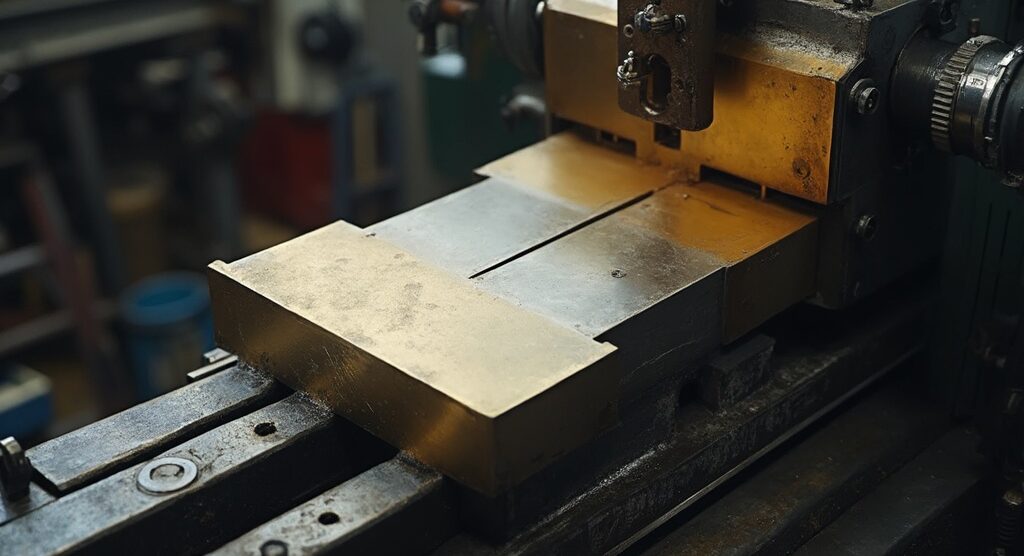
Understanding K Monel 500: A Complete Tutorial on Properties and Uses
Introduction
In the realm of advanced materials, Monel K-500 stands out as a premier nickel-copper alloy, expertly engineered for exceptional performance in some of the most demanding environments. With its unique composition and remarkable properties, this alloy not only meets but exceeds the rigorous standards set by industries reliant on durability and corrosion resistance.
From marine engineering to the oil and gas sector, Monel K-500’s ability to withstand harsh conditions while maintaining its mechanical integrity makes it an indispensable choice for procurement managers seeking reliable solutions.
This article delves into the key attributes of Monel K-500, its diverse applications, and the critical fabrication techniques that enhance its performance, providing a comprehensive overview of why this alloy is a preferred material in various industrial sectors.
Overview of Monel K-500: Composition and Key Properties
This specific nickel-copper mixture is defined by its makeup of roughly 63% nickel and 30% copper, along with minor quantities of aluminum and titanium. This alloy stands out due to its remarkable properties, including:
- Exceptional strength
- Outstanding corrosion resistance
- Favorable weldability
Significantly, this alloy maintains its mechanical integrity even at high temperatures, making it especially beneficial for challenging uses in harsh environments.
Insights from the case study titled ‘Strengthening Mechanisms in Nickel-Copper Alloys‘ reveal that the microstructure of k monel 500 contributes significantly to its mechanical properties, enhancing its performance under stress. Moreover, it shows enhanced resistance to stress corrosion cracking when compared to other nickel-based materials, making it a favored option for crucial uses. Recent studies highlight that heat treatment in the 610–1100 °C temperature range and cold deformation to 0.15 strain are essential processes that optimize the alloy’s properties.
As Carlos Sotelo observes, ‘Pipe Flanges and Flanged Fittings NPS 1/2 Through NPS 24 Metric/Inch Standard’ illustrates the practical uses of this nickel-copper alloy in the industry. Furthermore, k monel 500 is available in different sizes, with standard weights that meet compliance requirements, ensuring it suits a wide range of uses. Customer testimonials, including those from prominent marine engineering companies, highlight the material’s reliability and performance in practical situations.
At Domadia, we provide a diverse selection of copper nickel mixtures that serve various applications, from marine engineering to electronics. These metal mixtures, including k monel 500, establish themselves as top materials in areas where durability and reliability are crucial, thereby enhancing their importance among procurement managers who are focused on improving material choice.
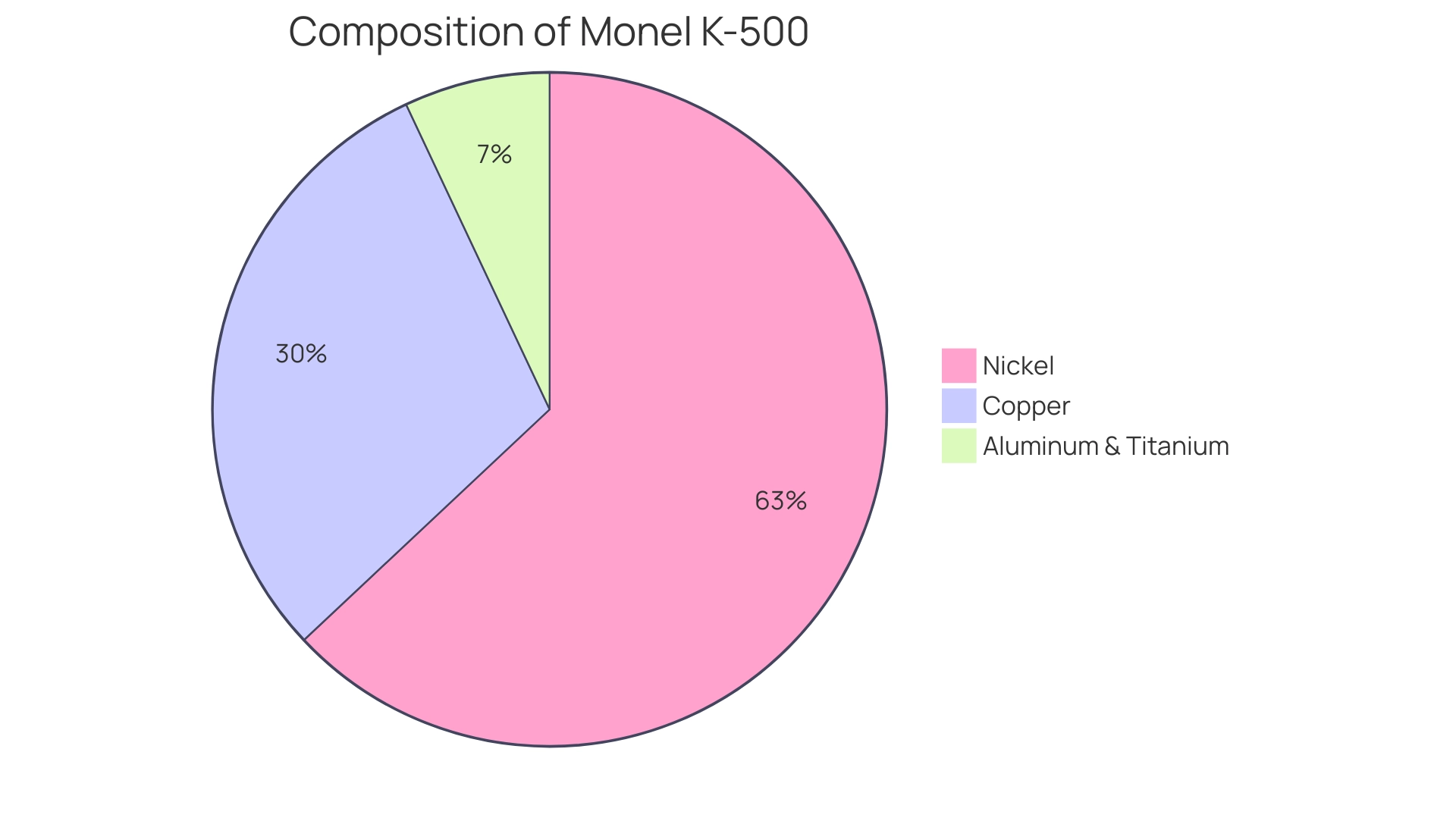
Applications of Monel K-500 in Various Industries
The alloy is renowned for its exceptional corrosion resistance, particularly in marine environments, making it the material of choice for critical components such as pumps, valves, and propeller shafts. This alloy’s robustness against seawater degradation allows it to perform reliably under challenging conditions. In the oil and gas industry, a specific alloy is extensively utilized for subsea applications and downhole equipment, where its durability is essential for operational integrity.
Significantly, WAAM-processed parts made from a specific nickel-copper alloy can gain advantages from sand blasting or shot peening to improve their surface characteristics, which is vital for sustaining performance in challenging settings. Additionally, the alloy finds substantial usage in chemical processing, aerospace, and power generation industries, where the ability to withstand extreme environments is vital. This alloy also excels in applications requiring high strength and resistance to corrosion, including fasteners, springs, and electrical connectors.
The mechanical characteristics of this alloy are further emphasized by the fact that the yield stress value declines from approximately 290 to 130 MPa as grain size increases, indicating its adaptability to various processing conditions. Industry specialists highlight its adaptability; as pointed out by Stephen van Duin in his comparative study, the structural integrity of the alloy under various processing conditions is a key factor in its widespread adoption across these sectors. Given its proven performance and reliability, this alloy remains a staple in both marine and oil and gas sectors, continually meeting the demands of rigorous operational standards.
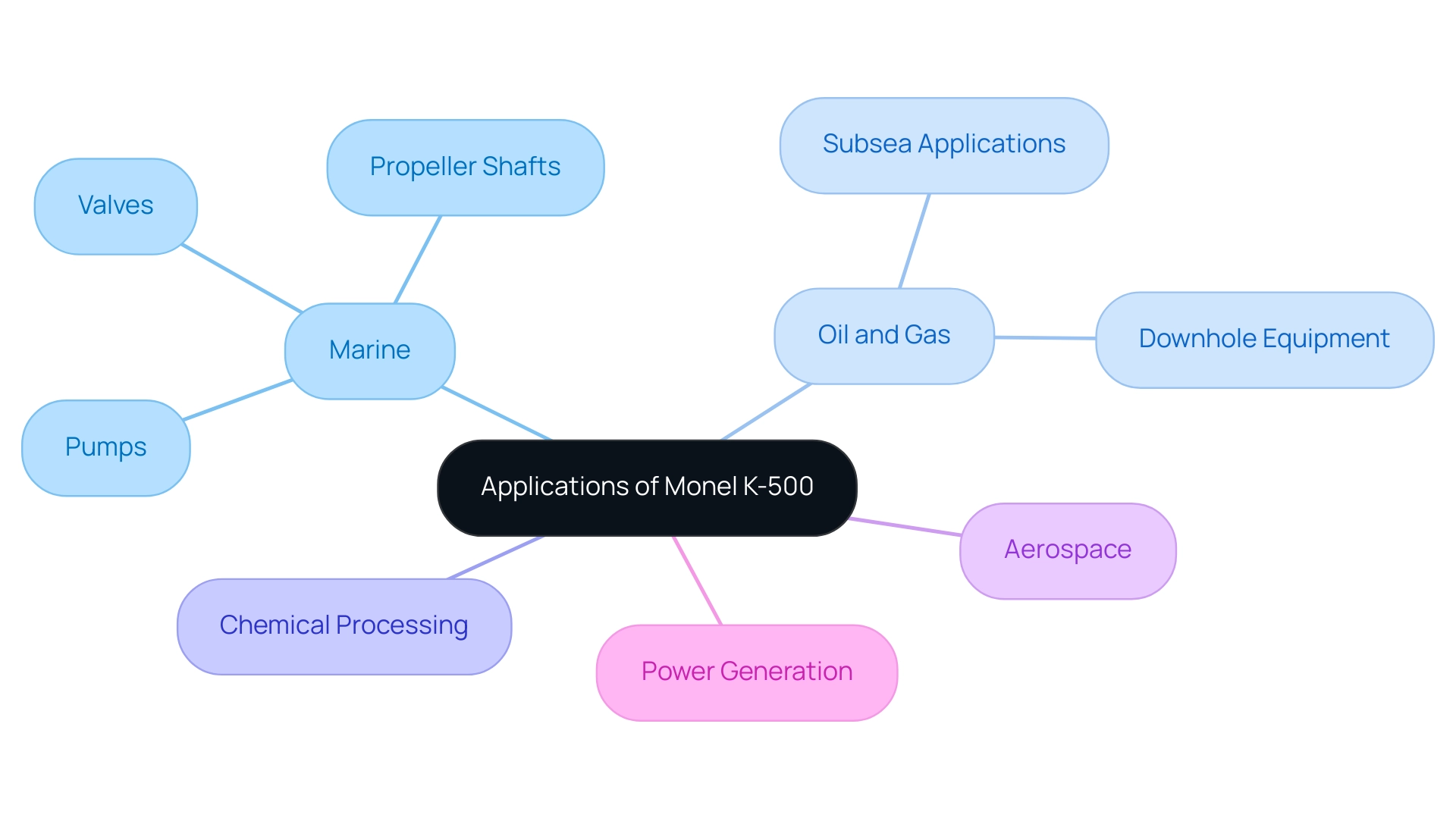
Corrosion Resistance and Durability of Monel K-500
The alloy is renowned for its exceptional resistance to a wide variety of corrosive substances, including seawater, hydrochloric acid, and sulfuric acid. This remarkable durability stems from its high nickel content, which significantly enhances its ability to withstand pitting and stress corrosion cracking. Recent studies have demonstrated that k monel 500 retains its strength and toughness even under extreme temperatures, making it particularly suitable for applications frequently exposed to harsh chemicals.
According to experts at Nickel Systems, we offer fasteners crafted from this exceptional material to enhance the longevity and durability of your components. This statement highlights the material’s value in situations where reliability is crucial. Additionally, the resistivity of the alloy tested at room temperature is 355.5 ohm/circ mil/ft, further confirming its performance capabilities.
The case study titled ‘Effect of Short-Time Aging on Properties of MONEL Metal 500’ highlights significant variations in tensile strength and hardness based on different thermal treatment conditions, providing real-world insights into the material’s performance. It is important to note that the data provided serves as a guide for short-time aging treatments and is not suitable for specification purposes. Furthermore, the latest findings on corrosion resistance statistics reveal that k monel 500 consistently outperforms other materials in challenging conditions, confirming its role as a preferred choice for industries that demand both performance and resilience.
In contrast, copper nickel alloys provide extra benefits such as excellent thermal and electrical conductivity, good ductility, ease of fabrication, and notable antimicrobial properties, making them ideal for marine uses and environments where hygiene is paramount. Additionally, in explosive environments, non-sparking tools are essential to prevent ignition risks, while mica tape products provide high-temperature resistance and electrical insulation, further enhancing safety and reliability in critical applications.
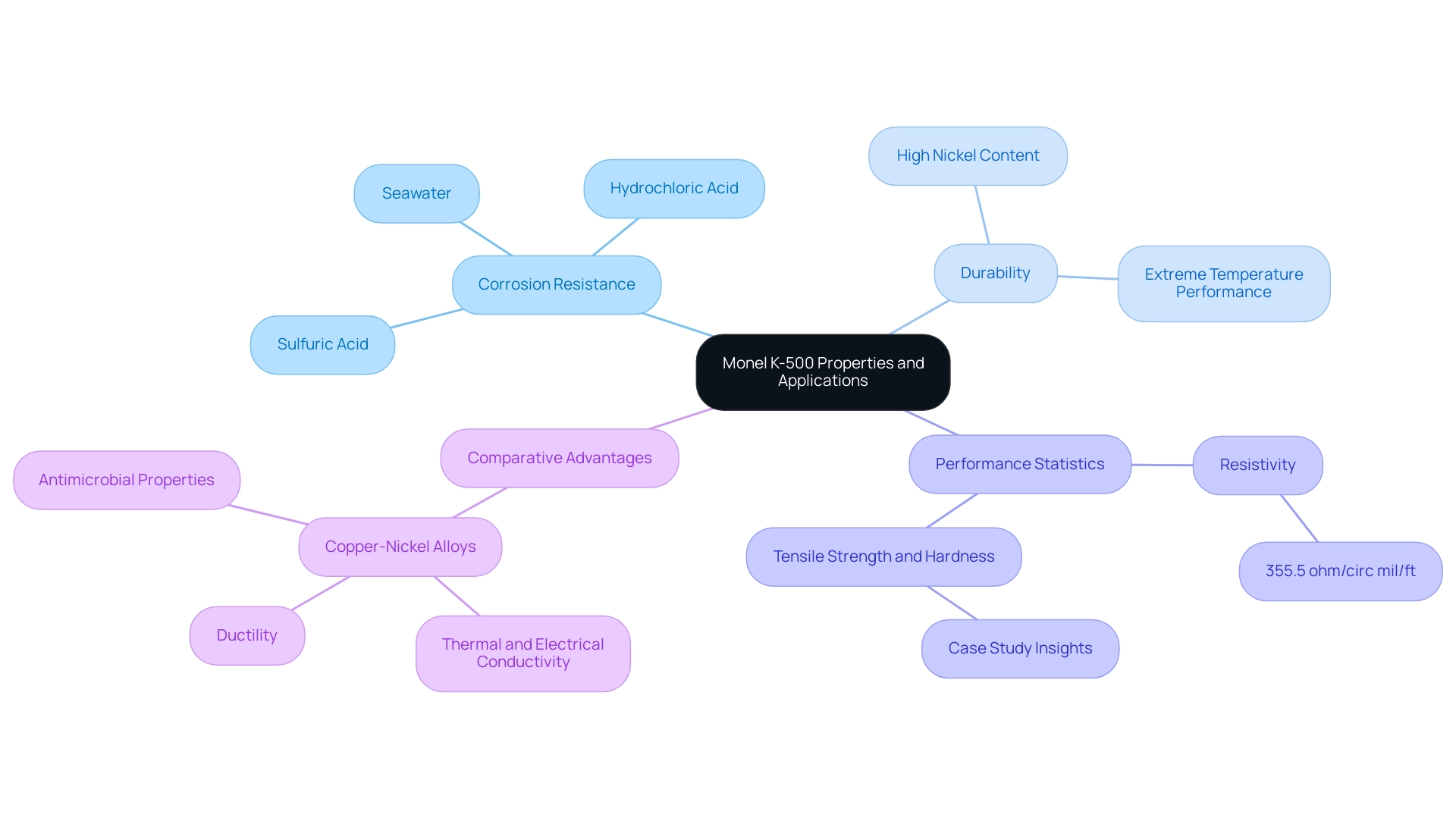
Fabrication Techniques and Heat Treatment for Monel K-500
This alloy is suitable for fabrication using conventional methods like welding, machining, and forming. However, it is essential to employ suitable methods to preserve its mechanical integrity. The heat treatment of this alloy is especially crucial, typically consisting of a two-step procedure of solution annealing followed by aging.
Solution annealing occurs at temperatures ranging from 1900°F to 2000°F, effectively optimizing the grain structure, while the subsequent aging phase, conducted at 1200°F to 1400°F, significantly enhances yield strength and hardness. This tailored approach not only boosts the alloy’s performance capabilities but also positions it favorably for high-performance applications. Notably, the strength of the duplex grain structure in the alloy can reach up to 523.5 MPa, showcasing its robust performance potential when subjected to optimal fabrication and heat treatment techniques.
As Z. Pan pointed out in the Journal of Materials Science, the strengthening mechanisms in the alloy, particularly when combined with aluminum—which is recognized as a more efficient strengthening agent than titanium—further improve its usability in challenging environments. Moreover, based on the case study named ‘Fabrication and Heat Treatment of Material K-500,’ appropriate fabrication and heat treatment methods ensure the best performance and strength of k monel 500 in diverse applications.
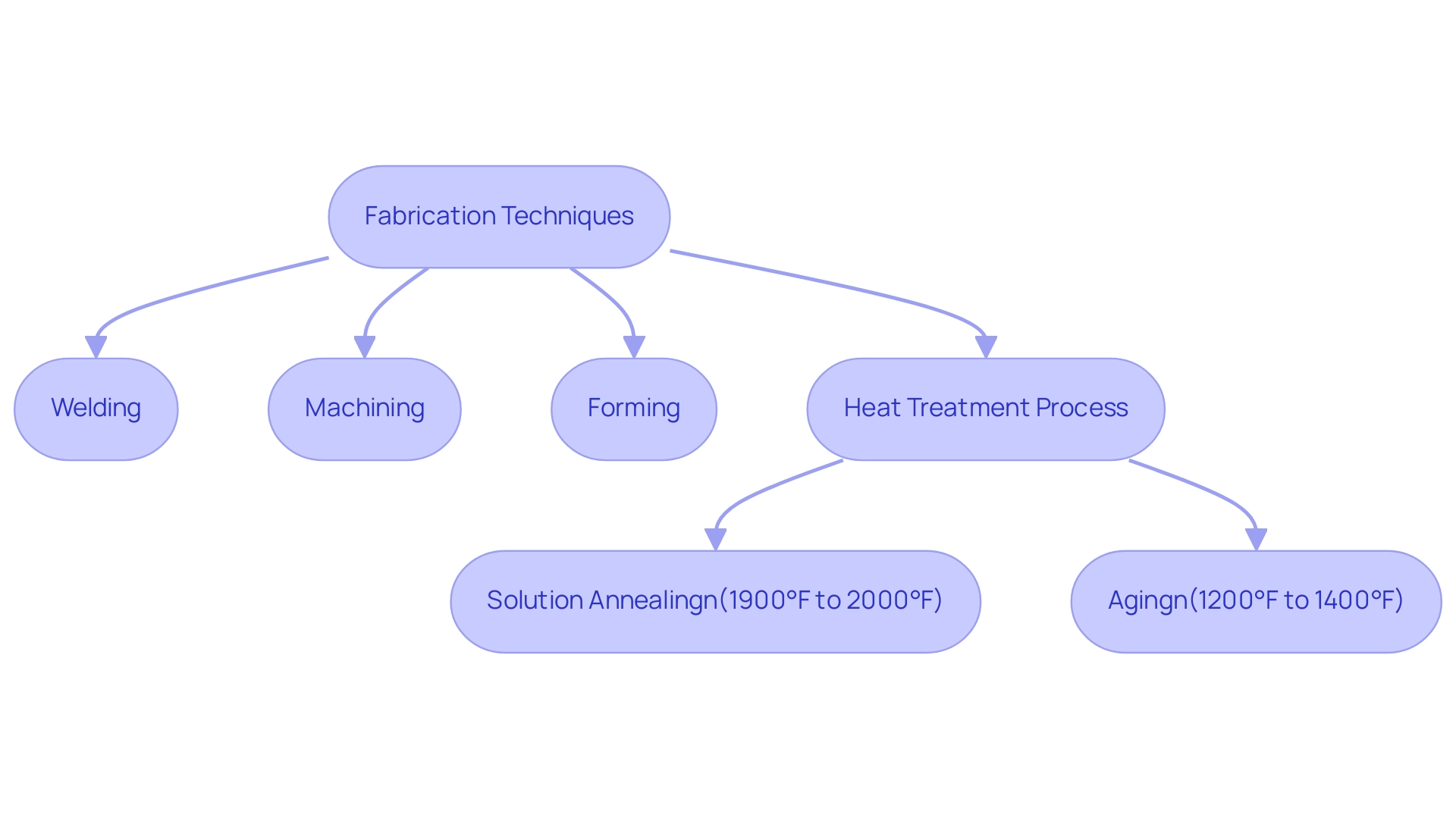
Comparative Analysis: Monel K-500 vs. Other Alloys
K Monel 500 clearly surpasses alloy 400 in terms of strength and corrosion resistance, making it an ideal choice for applications that require outstanding durability. A case study titled ‘Comparison of Weld-Deposited and Hot-Rolled Alloys’ highlights that weld-deposited alloys, similar to a specific nickel-copper alloy, demonstrate greater strength inhomogeneity and a higher work hardening rate, which can be beneficial in certain applications. While K Monel 400 may be more financially appealing for less critical environments, the superior characteristics of K Monel 500 make it suitable for more aggressive conditions.
When compared to stainless steels, this alloy excels in reducing environments, showcasing superior performance where stainless steel may falter, particularly in corrosive settings. However, it’s important to note that Monel K-500 may not perform as well in highly oxidizing environments, which could impact material selection for certain applications. As noted by Andrii Kostryzhev in his review on strengthening mechanisms in nickel-copper alloys, understanding the specific strengths and weaknesses of these alloys is crucial.
By referencing the journal’s use of article numbers instead of page numbers since 2016, procurement managers can further validate the reliability of the data presented. This comprehensive understanding enables them to make informed decisions that align with project requirements and cost constraints, optimizing material selection for their operational needs.
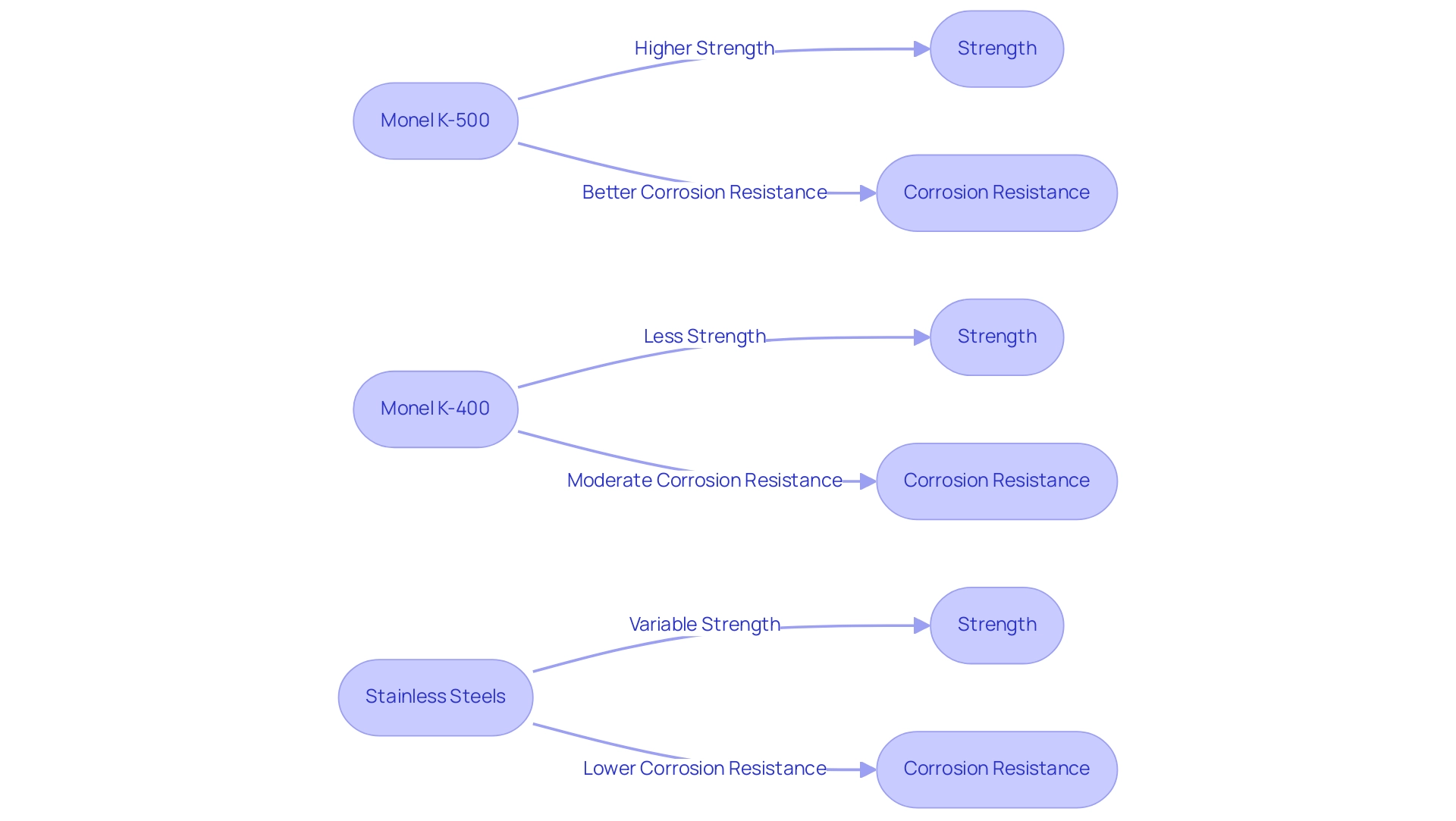
Conclusion
Monel K-500 emerges as a leading choice in the realm of advanced materials, distinguished by its unique composition and exceptional properties. The alloy’s high nickel and copper content not only ensures outstanding strength and corrosion resistance but also provides remarkable performance in extreme environments. Its ability to withstand harsh conditions without compromising mechanical integrity is a decisive factor for industries such as marine engineering, oil and gas, and chemical processing, where reliability is paramount.
The versatility of Monel K-500 extends beyond its impressive physical characteristics; it is also adaptable to various fabrication techniques and sophisticated heat treatment processes that further enhance its performance. The alloy’s resistance to stress corrosion cracking and its superior durability in corrosive media underscore its importance in critical applications. As procurement managers evaluate material options, the insights into Monel K-500’s applications and comparative advantages over other alloys, such as Monel 400 and stainless steels, provide a solid foundation for informed decision-making.
In conclusion, Monel K-500 stands out as an indispensable material for industries that demand high performance and resilience. Its proven track record and adaptability make it a strategic choice for procurement managers looking to optimize their material selections. Investing in Monel K-500 not only ensures compliance with rigorous operational standards but also fosters long-term reliability in challenging environments, reinforcing its status as a premier nickel-copper alloy in today’s industrial landscape.




